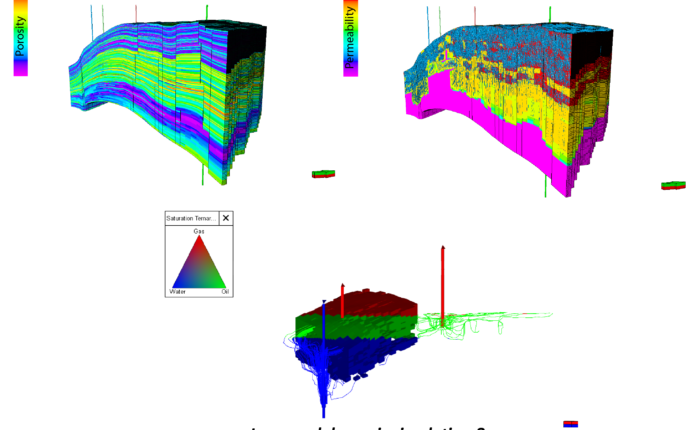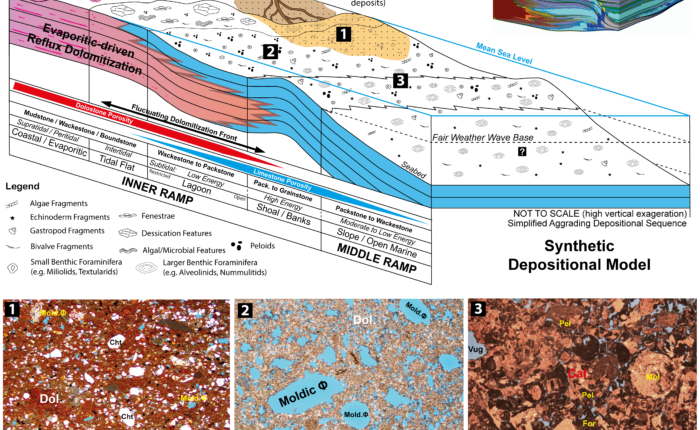Every electric vehicle (EV) on the road today depends on lithium — the lightweight metal powering our clean energy transition. Yet traditional extraction methods consume massive amounts of water, require vast areas of land, and take over a year to produce results. Now, a game-changing approach called Direct Lithium Extraction (DLE) is rewriting the rules.
Direct Lithium Extraction uses advanced technology to selectively remove lithium molecules from underground brine while leaving other elements behind. This innovative approach marks an important shift from conventional extraction processes, offering solutions to long-standing efficiency and environmental challenges.
Four key DLE techniques
DLE removes lithium from underground brine using four distinct approaches:

Solvent extraction
This process uses solvents that don’t mix with water. When these liquids contact the brine, they selectively draw lithium ions away from the water phase and into the organic phase. The result is two separate layers – like oil floating on water – with the lithium now concentrated in the organic layer, ready for collection and further processing.

Membranes
This technique uses thin membranes with microscopic pores designed to let only lithium ions pass through while blocking larger elements like magnesium. These selective barriers work using driving forces such as pressure differences, electrical fields, or temperature gradients to push lithium through while filtering out unwanted compounds.

Adsorption
Specially engineered materials are designed to specifically attract and capture lithium chloride molecules from the brine solution. These materials act like selective sponges that only soak up the lithium chloride while leaving other compounds behind.

Ion-exchange
This method uses sorbent-containing ions that preferentially swap places with lithium ions in the brine. When brine flows through these materials, lithium ions are captured while the sorbent releases different ions (like sodium or hydrogen) in exchange.
The four-stage DLE process
At its core, DLE operates through a four-stage process that maximises lithium recovery while minimising environmental impact[1][2][3]:
– Stage 1: Pre-treatment. The process begins with preparing the brine – a naturally occurring salty water, rich in lithium. This preparation involves removing unwanted particles and adjusting the brine’s chemical composition. The brine needs to be clean and properly conditioned before it can effectively yield its lithium content. This stage might involve filtering out sand, adjusting the temperature, or balancing the pH levels.
– Stage 2: Selective Capture. In this crucial stage, the pre-treated brine undergoes selective lithium extraction through one of the four key methodologies. When using sorbents (adsorption or ion-exchange), the brine passes through materials that selectively attract only lithium ions while rejecting other elements. With membrane technology, specially designed filters allow lithium to pass through while blocking larger elements. In solvent extraction systems, the brine comes into contact with immiscible liquids that selectively draw out lithium. Each methodology applies different mechanisms to achieve the same goal: isolating lithium from the complex brine solution with maximum selectivity and efficiency.
– Stage 3: Regeneration. This stage uses specific chemicals, typically hydrochloric acid, to release the captured lithium from the sorbents. The acid helps release the lithium in a controlled way. This process creates a concentrated lithium solution which is purer than the original brine lithium composition.
– Stage 4: Reinjecting or processing the geothermal brine. The remaining brine, now depleted of lithium but still containing other minerals, is not simply discarded. Instead, it is either carefully returned to another safe and appropriate underground formation (reinjection) or processed for safe disposal. This approach helps maintain the natural water balance in the area and prevents environmental damage.

Advantages over traditional methods
DLE brings multiple advantages that address current industry challenges. It significantly outperforms traditional methods in recovery rates[4][5], consistently achieving higher yields from available resources. The process produces notably purer lithium products[6][7], meeting the standards required for advanced battery manufacturing.
Perhaps most significantly, DLE dramatically reduces processing times to just a few hours or days, compared to the 9 to 18 months required by conventional evaporation methods[8]. This is achieved while significantly decreasing water consumption and land disturbance. In contrast, traditional evaporation methods rely solely on sun exposure and lack the advanced chemical or sorbent technologies that make DLE so efficient.
Technological innovations and economic impact
Recent innovations in DLE technology continue to push boundaries. Industry leaders are integrating cutting-edge membrane filtration and ion exchange technologies throughout the process chain, from initial pre-treatment to final refinement. These developments enhance both operational efficiency and scalability, positioning DLE as a crucial tool for meeting surging global lithium demand without compromising environmental standards.
The cost implications of DLE adoption present a compelling business case. By streamlining operations and reducing resource requirements, the technology offers opportunities for optimisation in both capital and operating expenses[9][10]. This economic efficiency, coupled with environmental benefits, strengthens the case for widespread DLE implementation across the industry.




The future of lithium production
As the global energy transition accelerates, DLE’s role becomes increasingly fundamental.
The technology represents more than just an improvement in extraction methods—it embodies a fundamental shift towards sustainable lithium production. This advancement arrives at a strategic moment, as industries worldwide seek to secure reliable lithium supplies while minimising environmental impact.
The development of DLE technologies shows how lithium production can achieve both environmental and efficiency goals. These advances represent an important step toward more sustainable extraction methods.
Resources
[1]US Department of Energy, Interactive: Lithium Storymap – https://www.energy.gov/eere/geothermal/lithium-storymap
[2] Vulcan Energy, A growing wave of sustainable lithium supply: Adsorption-type Direct Lithium Extraction (DLE), https://api.investi.com.au/api/announcements/vul/8798fbf1-90a.pdf
[3] Goldman Sachs, Direct Lithium Extraction: A potential game-changing technology, https://www.goldmansachs.com/pdfs/insights/pages/gs-research/direct-lithium-extraction/report.pdf
[4] Vulcan Energy, A growing wave of sustainable lithium supply: Adsorption-type DirectLithium Extraction (DLE), https://api.investi.com.au/api/announcements/vul/8798fbf1-90a.pdf
[5] Goldman Sachs, Direct Lithium Extraction: A potential game-changing technology, https://www.goldmansachs.com/pdfs/insights/pages/gs-research/direct-lithium-extraction/report.pdf
[6] Goldman Sachs, Direct Lithium Extraction: A potential game-changing technology, https://www.goldmansachs.com/pdfs/insights/pages/gs-research/direct-lithium-extraction/report.pdf
[7] Vulcan Energy, Adsorption-type Direct lithium Extraction, https://v-er.eu/dle/
[8] Goldman Sachs, Direct Lithium Extraction: A potential game-changing technology, https://www.goldmansachs.com/pdfs/insights/pages/gs-research/direct-lithium-extraction/report.pdf
[9] Goldman Sachs, Direct Lithium Extraction: A potential game-changing technology, https://www.goldmansachs.com/pdfs/insights/pages/gs-research/direct-lithium-extraction/report.pdf
[10] Vulcan Energy, Adsorption-type Direct lithium Extraction, https://v-er.eu/dle/


